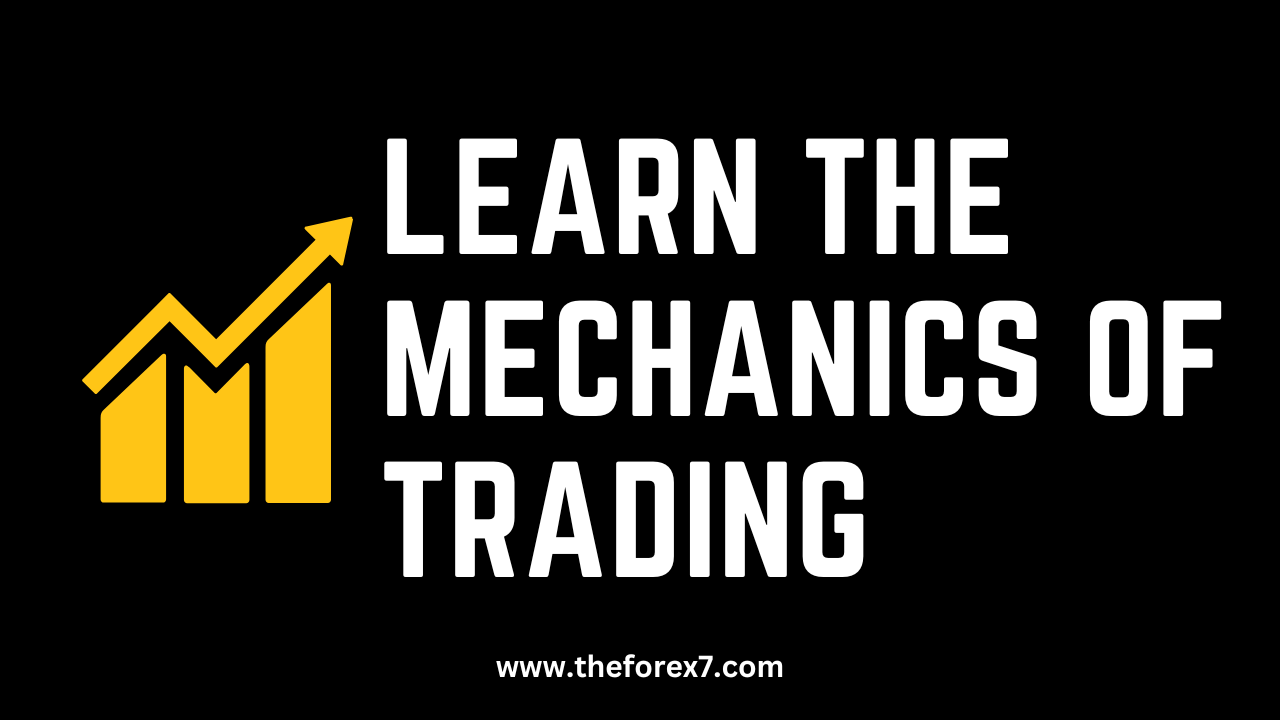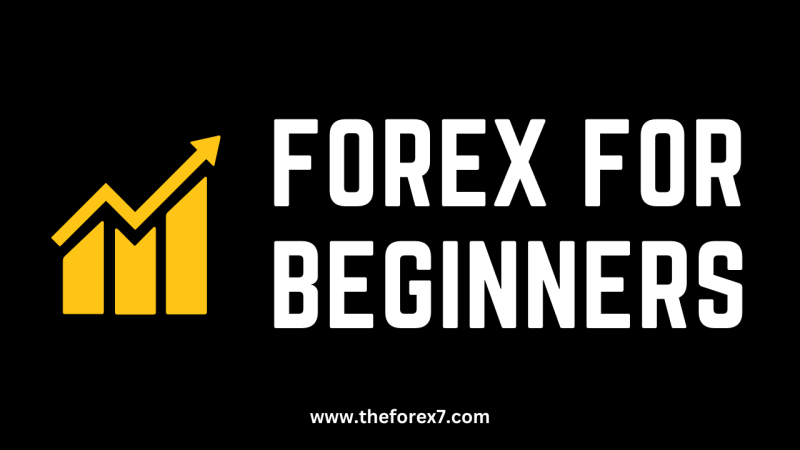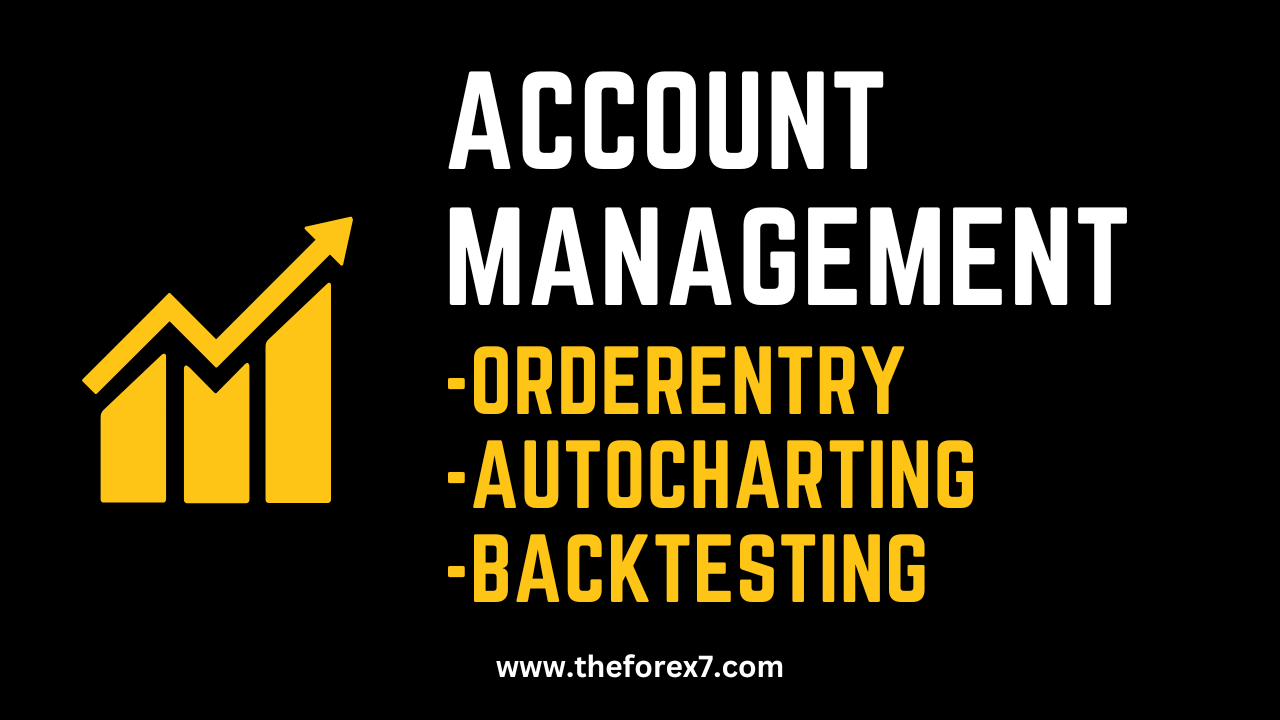Learn the Mechanics of Trading and Art of Backtesting
Account Management, Trading platform, Technical analysis, Trading strategy, Quote currency, Leverage & Margin
Course: [ FOREX FOR BEGINNERS : Chapter 9: Account Management in Forex ]

You will acquire more forex lingo than you ever wanted or even need. Finally, you will learn how to perform instant backtests on strategies that you have developed. In short, you will be able to put your forex skills into practice.
Account Management
Learn the Mechanics of Trading and the Art of Backtesting
When you open your trading platform for the first time, you will immediately be confronted with a dazzling array of windows, indicators, and data—as in Figure 9-1 and you will instantly realize that despite your vast, newfound knowledge of technical analysis and trading strategy, you haven’t the faintest idea of how to actually place an order.
In Chapter 9, you can expect to achieve proficiency in managing both your overall account and your active positions. You will learn how to read forex quotes, place various kinds of orders, execute complex strategies, and minimize risk. You will develop a firm grasp of margin (also known as leverage), including how it is calculated, how interest is credited and debited, and how margin can lead to the liquidation of your account if used improperly. You will acquire more forex lingo than you ever wanted or even need. Finally, you will learn how to perform instant backtests on strategies that you have developed. In short, you will be able to put your forex skills into practice.
Figure 9-1. Screenshot of sample trading platform (Source: OANDA fxTrade)
Reading a Quote
One of the most basic skills in forex is the ability to read a quote correctly. Unfortunately, it will take some practice before you can expect to instantaneously absorb the information contained in forex quotes, for the very reason that they contain two assets (currencies), while quotes for stocks and bonds involve only one asset. Every exchange rate quote contains the same basic elements. The base currency is printed first, and the quote currency is shown second. In a nutshell, a forex quote tells you how many units of the quote currency are required to purchase one unit of the base currency.
Quotes for all financial instruments are organized in the form of a bid/ask spread. Buyers of the currency pair must pay the ask price, while sellers will pay the bid price. In practice, the bid/ask represents the rate that your order would be filled at if you entered it right now. In the quoting convention used in forex, the first two decimal points are shown in small font, while the number of PIPs appears in large font. In the EUR/USD quote depicted in Figure 9-2, a trader would expect to pay 1.33365/unit to open a long position and receive 1.33353/unit to close the position. Opening a short position would net the seller 1.33353/unit and closing that position would cost 1.33365/unit. Another way to think about this is that it currently costs 1.33365 dollars to purchase one euro, while a sale of one euro would net 1.33353 dollars.
The difference between the two quoted prices is known as the spread, which represents the profit earned by the market maker and/or your broker. In the case of forex, the bid/ask spread is equivalent to the unit transaction cost for a round-trip trade, as long as there are no commissions that need to be taken into account. If not for the spread, you would be able to buy and sell for the same price, and the broker would have to find a different way to profit from the service of matching up buyers and sellers. In this case, the spread is only 1.2 PIPs (or 0.00012 units). Thus, opening and closing (whether long or short) a EUR/USD position would entail a round-trip cost of 1.2 PIPs per unit. If the position size were 100,000 units, this would equate to a total transaction cost of $12.
Figure 9-2. Anatomy of a forex quote
Leverage & Margin
If leverage refers to your broker’s willingness to lend you money to fund trades that exceed the balance of your account, then margin refers to the collateral that your broker requires you to post in return. Failure to maintain adequate collateral has serious consequences, as we shall see.
Due to recently revised National Futures Association (NFA) rules, leverage is now capped at 50:1 for major currencies and 20:1 for so-called exotic currencies. In exchange for this leverage, you must maintain at least 2% (100/50) of your account balance as collateral for major trades and 5% (100/20) equity collateral for exotic trades. Of course, these leverage ratios are only the sanctioned maximums, and actual ratios may very well be lower. Table 9-1 shows Forex Capital Markets’ (FXCM) required margin ratios for a handful of selected currency pairs and their implied leverage ratios.

Table 9-1 : Selected margin rates and implied leverage ratios (source : FXCM)
With forex, it is always assumed that you are trading on margin; you don’t need to request a loan or even indicate your interest in margin. Based on the stated margin rates, your trading platform will automatically compute both your margin used and available margin in real-time. As a result, you will always know exactly how much of your equity capital is locked up as collateral, as well as the amount you have available to trade.
I’ll offer a concrete example later, but first I want to introduce you to a few more terms. Basically, you can think of your account vis-a-vis a few vital statistics, all of which are accessible in real-time through your trading platform. Your account balance represents all of the money that you ever put into your account plus realized gains and losses from trading (from positions that have already been closed out) plus credits and debits from interest. The net asset value of your account, meanwhile, is equal to your account balance plus unrealized gains and losses (from positions that remain open). Finally, your position value represents the real-time value of all of your open positions. From these numbers, your platform can automatically determine how much available margin you can afford to take on, as well as the change in position value that would cause your equity to fall below margin requirements.
Figure 9-3 contains a position summary and an account summary from my OANDA demo account. I have two open positions and both of them are long. Based on the number of units and the current price of my open positions, it’s possible to calculate my separate and total exposure, which is dropped directly into the position value cell in the Account Summary box as $1,708,105. Based on the average execution prices, it is also possible to calculate my separate and total profit, which shows up in the Unrealized P&L (profit and loss) cell as $3,749.17. If I were to close both positions, my unrealized profit would become a realized profit of $3,749.16 and would further be reflected in a higher Realized P&L value in my Account Summary.

Figure 9-3. Sample position summary and account summary (Source: OANDA)
My net asset value ($103,646.03) is equal to my unrealized P&L ($3,749.16) plus the account balance ($99,896.86), the latter of which is itself equal to my initial fund deposit ($100,000) plus my realized P&L (-$99.83) plus interest. (Total current interest is about -$5, which I deduced by subtracting the other known components from my net asset value.) If I closed all of my open positions and closed my account tomorrow, I would receive a check from OANDA in the amount of $103,646.03; this is how much my account is currently worth.
Here’s where it starts to get tricky. Based on OANDA’s required margin rates, the platform has automatically calculated my margin used ($85,405), which in this case equals 5% of my total position value. If you subtract the margin used from my net asset value, you get my available margin, which is $18,240.78. In other words, I have $85,000 locked up as collateral for my open positions and only $18,000 left in collateral to open new positions. Of course, this collateral can also be leveraged, such that my platform will automatically limit any new orders to about $250,000. You may have noticed one more important number: $42,702, which is labeled margin closeout. This is equal to margin used divided by 2 and represents the net asset value that would trigger a margin closeout. In other words, if my position value drops by about $60,000, then my collateral would no longer be acceptable to cover my open positions. While all brokers’ margin policies differ from one another, the result in this case would typically be a liquidation of all of my positions, an extraordinarily serious action. Because I am so heavily leveraged, a mere drop of 3.5% in the value of my positions would trigger such a margin closeout and leave me with an account balance that was depleted by 60%!
Even before the margin closeout, the decline in my net asset value would have triggered a so-called margin call, which is a warning that I no longer meet even basic margin requirements. It conveys that unless I deposit more funds or sell some of my open positions, a margin closeout will be unavoidable. Even if my net asset value remains above the margin closeout level, most brokers will still order liquidation after 5 to 7 consecutive margin calls, which are typically issued daily. In Chapter 10, I will come back to this topic, but for now, let this serve as a reminder of the pitfalls of leverage!
Rollover
Recall from our earlier discussions about the carry trade that every currency has an associated interest rate. When the base currency in a pair has a higher interest rate than the quote currency, then the interest rate differential is said to be positive, and a long position should accrue interest to the investor. With a short position, in this case, the trader would pay interest.
In practice, forex brokers manage this interest in the form of rollover. Basically, anyone that has a currency pair with a positive interest rate differential will receive a rollover credit, while a short interest rate differential would imply a rollover debit. Wider interest rate differentials imply proportionally greater rollover. These credits and debits take place automatically and will be immediately reflected in your account balance. Some brokers (such as OANDA) calculate rollover every second, while others assess it only once per day at a fixed time.
Most forex brokers maintain an accessible list of rollover rates, which are based on the short-term interest rates that they have negotiated with the banks that hold their currency on your behalf. Some brokers will quote rollover rates on specific currency pairs, while others will quote them on individual currencies and leave the math to you. In any event, rates differ—sometimes substantially—between brokers for reasons that are unclear. The rollover rates for long and short positions are usually inverted, but they are not symmetrical. In other words, while you can assume that positive rollover for a long position would imply negative rollover for a short position, the two rates will almost certainly differ.
Figure 9-4 shows the rollover rates that FXDD accountholders can expect to pay/earn for a handful of currency pairs. Rates are quoted on a long and short basis and are expressed in terms of the number of units assessed daily per $100,000 lot. For example, a long position in the AUD/CAD would result in a daily credit of $7.84 for every $100,000 lot. When you multiply 7.84 by the number of days per year (365), the product, 2.9%, represents the annualized interest rate differential that you will earn on an AUD/CAD long position. On the other hand, a long position in the EUR/TRY would punish the position-holder with a daily debit of $58 for every $100,000 lot, which corresponds to an annualized rate of -21%. As a result, if you hold this position for a year, you can expect to incur interest charges totaling a whopping $21,000! Now you can understand why the carry trade is such a compelling force in the currency markets!

Figure 9-4. Rollover rates for selected currency pairs (Source: FXDD)
Even if you don’t use rollover rates as a basis for strategy, you must at the very least make sure that you are aware of them. A daily debit of only a few dollars might not justify a reaction. For a position that remains open for many months, however, it can severely impact profitability, for better or for worse.
FOREX FOR BEGINNERS : Chapter 9: Account Management in Forex : Tag: Forex Trading : Account Management, Trading platform, Technical analysis, Trading strategy, Quote currency, Leverage & Margin - Learn the Mechanics of Trading and Art of Backtesting



